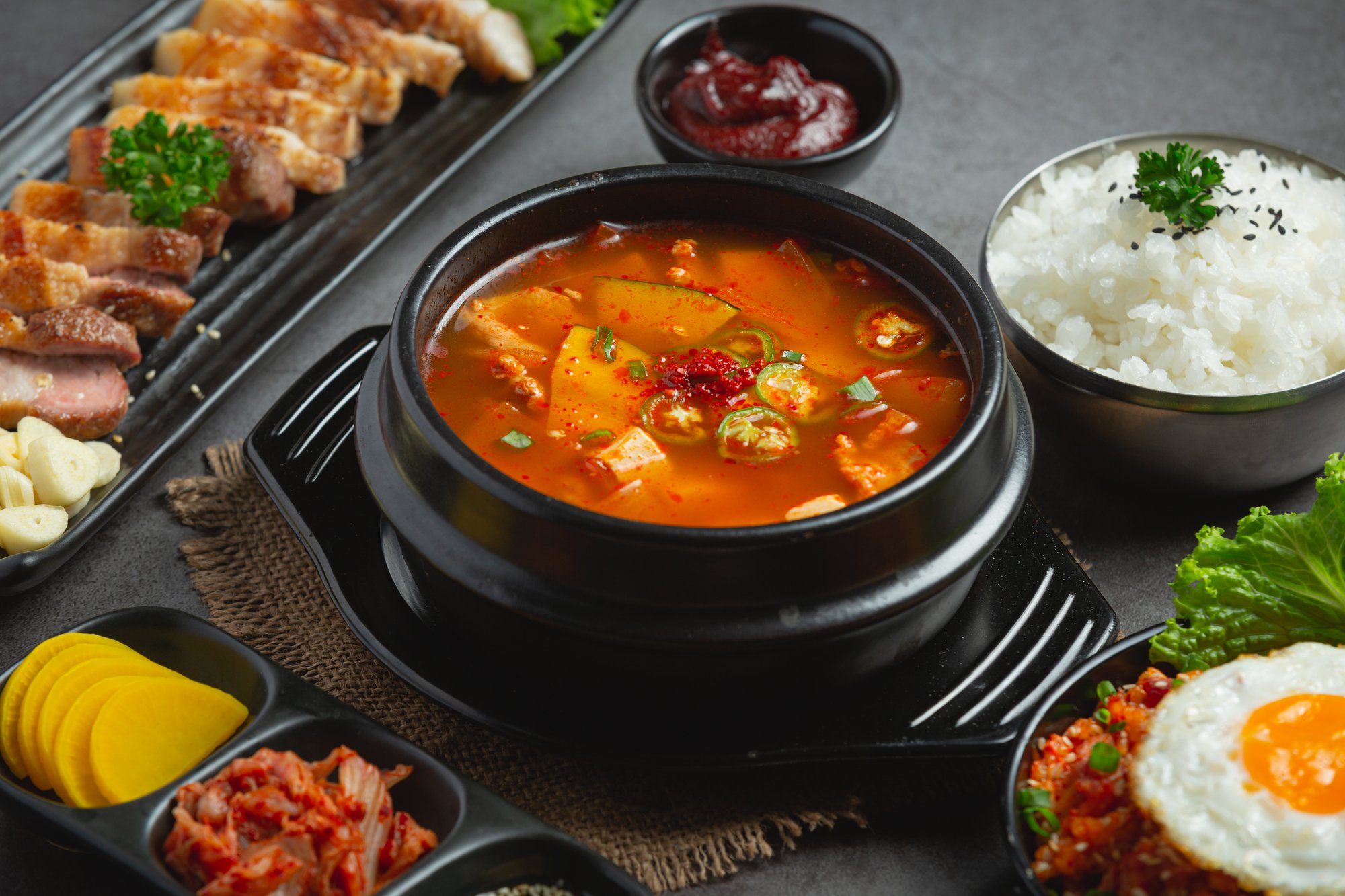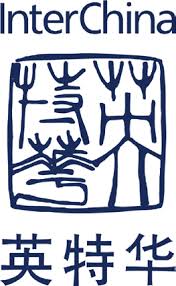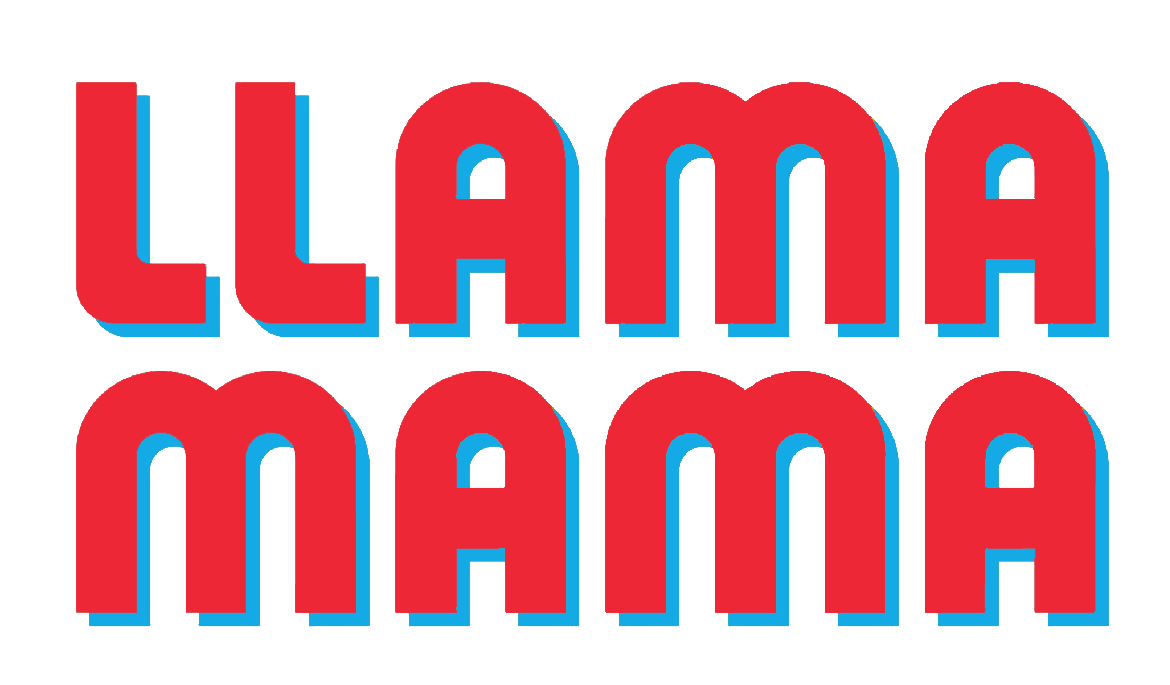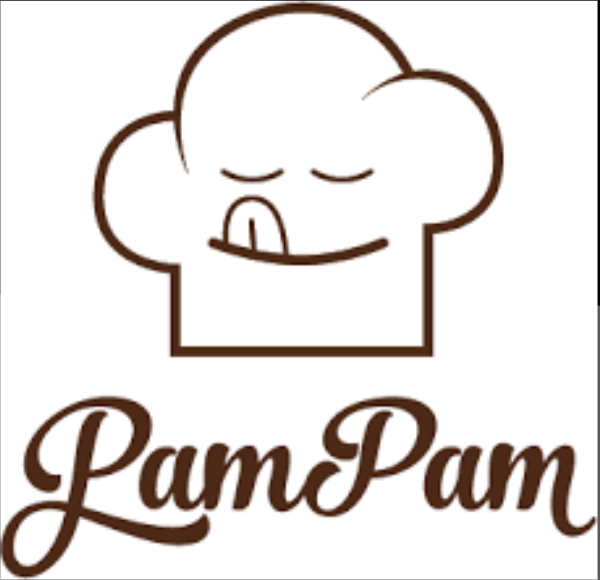With nearly 109 million consumers over the age of 15 years (as of Jan 2025) as well as an increasing demand for imported products and westernizing dietary habits, Japan’s food and beverage market is attractive to foreign operators looking for new and exciting business opportunities.
But as promising as it may seem, Japanese society is often perceived as playing by its own set of rules and the food and beverage market is no exception. From the unique business relationship mindset to the multi-layered distribution system, it can be difficult to apprehend from an external perspective. The good news is: it doesn’t have to be.
In this article, we break down the main dynamics and actors making one of the world’s most exciting food and beverage markets. We will explore the main drivers shaping the distribution system, its organization, and defining characteristics. Finally, we’ll offer useful analysis on some of the most notable players.
Defining features of Japan’s food and beverage market
Two main features define Japan’s food and beverage market, fueling both its attractiveness and its complexity. Firstly, it is strongly dependent on food imports and secondly, it is highly fragmented.
Japan relies heavily on imports
Japan is the world’s second-largest importer of agricultural produce. The country’s food self-sufficiency has been on a downward trend for over a decade, as of the fiscal year ending March 2023. According to the country’s farm ministry, Japan’s food self-sufficiency rate (based on caloric intake) was just 38% in FY23. Cultivated farmland area (excluding unutilized farmland) has declined by 51% since 1960, and the total number of farms themselves have nearly halved in the past 15 years.
At the same time, imported foods have benefited from an increasing local demand. Interest for western or “exotic” products has been continuously fueled by:
- Changing dietary habits
- Growing appetite for better-for-you ingredients not traditionally available in Japanese cuisine
- Need for convenience and ready-to-eat foods in a busy, ageing society
These trends have led to the rise of opportunities for foreign operators. But they might be hard to seize as another defining characteristic of the Japanese food and beverage market is its extreme fragmentation. Beyond cultural specificities and preferences, the exceptionally large number of on-trade and off-trade outlets in Japan, with only a few leading companies, creates an additional layer of complexity for newcomers and experienced players alike.
Extremely fragmented landscape of food service, retail outlets
According to Statista data from 2020, Japan had over 1.41 million restaurants, 726,670 canteen and cafeteria, and 174,600 cafes. The country has one of the highest densities of restaurants and cafes in the world - 1 establishment for every 100 people. The food and beverage market is incredibly diverse and thus attractive to consumers and F&B companies alike. Despite the existence of some major chains usually specializing in one type of specialized venue, such as Torikizoku for casual dining or Big Echo for karaoke, the vast majority of on-trade businesses remain independent.
Similarly, Japan’s food and beverage retail network is overwhelmingly fragmented with an estimated 136,000 off-premise outlets, divided in several different types of channels, the most emblematic one being the konbini, Japan’s unique take on convenient stores. The konbini network is the main exception to the fragmentation rule. It strongly consolidated over the past few years, resulting in the dominance of three operators over a total of 57,000 stores nationwide: Seven-Eleven, Family Mart and Lawson.
Otherwise, retail channels remain dominated by smaller, non-consolidated chains, making estimating their exact number difficult. Supermarkets are dominants in the suburbs and smaller cities. But their number remains uncertain (estimates range from 8,000 to 20,000 outlets) and leading brands are still limited. The top 30 supermarkets chains only account for 30% of total sales nationwide, while regional, usually non-consolidated supermarkets, account for 65%.
Although talks of consolidation have been going on since the early 2000s, only a few attempts took place, most notably with leader AEON buying supermarket Daiei and drugstore chain Welcia. There has been no clear sign that the market was heading towards more acquisitions since.
Japan’s distribution channels tend to be multi-layered
Rather than dealing primarily with one or two leading companies making most of their business, market players have to interact with a complex ecosystem of manufacturers, importers, wholesalers, retailers, while relying on a strong network of contacts and personal relationships.
This entails that traditional equilibrium between manufacturers, importers and retailers, with leading buyers hoarding a considerable amount of negotiation power, does not apply in Japan the same way it does in other countries. For this reason, losing one of your buyers does not necessarily have the same devastating business impact it might have somewhere else on the globe.
The pivotal role of wholesalers
Wholesalers have historically been very active in Japan, as working directly with manufacturers and retailers can be quite challenging. Wholesalers are also one of the most efficient ways to address markets in spread-out territories. If a wholesaler can reach significant operational revenue (around US$20 billion in the case of players like Mitsubishi Shokuhin, Nihon Access, or Kokubu), their operating profit rarely exceeds 1% of net sales, due to high labor and logistic costs.
- Although some major players might undertake both verticals, they tend to focus either on F&B or on foodservice.
- Smaller wholesalers complement the bigger ones by undertaking storing, delivering, and invoicing at the local level, creating an additional intermediary level.
- Japan is a major market for alcoholic beverages, and some wholesalers specialize in alcohol, such as Kakuyasu or Minori. Additionally, some double up as foodservice suppliers, providing bars and restaurants with alcohol.
In recent years, wholesalers have tended to consolidate, with some unexpected alliances between food-focused wholesalers and bar suppliers, creating synergies between non-competing players. Despite their influence, wholesalers remain fairly conservative in the way they operate. Due to limited data exploitation and low digitalization rate, they are not leading the transformation of the distribution ecosystem.
Types of retailers in Japan’s food and beverage market
Here are some of the most notable retail types to keep in mind for when considering a Japan entry.
Japanese retailers
Supermarkets
Japanese supermarkets resemble their western counterparts. They offer fairly similar product groups, although they also tend to be relatively hard to find in larger cities but more frequent in suburbs and smaller urban areas. It cannot be stressed enough that Japan is a fragmented market when it comes to supermarkets and even Japanese distributors won’t always be able to name all existing players.

If one stands out, it is AEON, Asia’s leading retailer in terms of revenue and know-how. For the fiscal year ending February 29, 2024, AEON’s consolidated operating revenue reached JPY9,553.6 billion (US$64.6 billion). It was the first major Japanese chain to invest in its private brand (Top Value). With 625 general merchandising stores nationwide, it is definitely a destination to consider when entering the Japanese market.
Other major supermarket chains include Ito Yokado and Familymart UNY Holdings.
A subcategory of supermarkets are the high-end ones (koukyu supa), such as Seijo Ishii, Kaldi, Kinokuniya, which specialize in imported products, usually sold at a higher price point.

Although it might be possible to sell directly to the largest supermarkets, they will usually require large volumes and may have their own criteria for import and sales, depending on the supermarket.
Department stores
On the urban upscale side, department stores (depato) are found in large cities and offer high-end to luxury goods and brands in a curated setting.

They are the ideal for gift-shopping, due to the high quality services available, or for dining as department stores generally host a variety of restaurant options. Major chains include Isetan, Seibu Sogo, and Takashimaya.
Convenience stores
Central to the Japanese urban landscape is the konbini, Japan’s convenience stores. Frequently visited by customers throughout the day (and night, as most are open 24 hours), they offer a range of everyday products, ready-to-eat meals, and services such as ATM, usually in very cramped shops.

Konbini, with a total of 55,736 stores as of December 2024, have consistently been among the most innovative players in Japan’s food and beverage market. They lead in product development, precisely instructing manufacturers on their needs (especially for ready-to-eat meals), and using data to forecast demand. They are experts in franchise management all across the country. Three main operators dominate this retail segment - Seven-Eleven, Family Mart, and Lawson.
Other physical retail outlets
Other physical retailers include liquor stores, drugstores (usually affiliated to bigger chains), home centers (mostly in rural areas), discounters such as Don Quijote, as well as cash and carry operations such as Metro or Costco.
E-commerce
Japan’s e-commerce market is one of the most mature in Asia-Pacific, the fourth largest in the region. It is driven by high internet penetration, widespread banking access, and a strong preference for domestic online shopping. Over three-quarters of the population (76%) - 94 million people - shop online, and 95% of e-commerce sales in the country are domestic, indicating a strong affinity for local goods.
In 2023, food, beverages, and alcohol accounted for US$21 billion, making it the leading category in terms of online sales. Total retail e-commerce volume was US$121 billion.
Top online stores in Japan, based on traffic share:
- Amazon: 35%
- Rakuten: 32%
- Mercari: 7%
- DMM.com: 6%
- MonotaRO: 2%
Retailers such as Ito-Yokado, Maruetsu and Daiei have also opened online shops.
Japan’s on-trade universe
In recent years, Japanese on-trade landscape has been benefiting from the boom of tourism and the rise of dining out.
In 2024, sales from seven major Japanese convenience store chains reached a record high JPY11.8 trillion (US$75.5 billion), driven by inbound tourism and demand for readily consumable snacks and drinks, according to the Japan Franchise Association.
Japanese consumers visit restaurants, bars, karaoke several times a week, on both social and business occasions. As chains have been developing fast in most segments, traditional “mom and pop” restaurants are becoming less frequent. Casual dining and izakaya (Japanese typical establishments offering drinks and food available in a relaxed, often smoky atmosphere) restaurants, have been restructuring.
They shifted their focus on more specialized concept, especially French and Italian bistros, Asian food and good value for money yakitoris, such as Torikizoku or Torijiro. Offering an alternative to Japanese food, western dining and trendy cafes have been a winning concept, especially those targeting families.
Drink-led venues are also major components of the dining out Japanese experience, with chains leading the overall growth. The karaoke industry is dominated by Big Echo and Karaoke-kan, and the bar scene is seeing the development of cash-on pubs such as Hub with more than a hundred bars.
As these outlets’ sourcing methods largely depend on their size, ownership structure and business preferences, importers that manage to navigate this intricate network may be able to establish exclusive agreements and ensure a deep reach within Japan’s on-trade opportunities.
Now that you have taken a peek into Japan’s exciting food and beverage market, ready to take the leap?
GourmetPro is dedicated to helping the food and beverage industry grow internationally by offering end-to-end customizable market-entry solutions. Our experts combine more than 20 years of Japanese expertise and will be happy to discuss your approach to the Japanese market.


%206.png)
.svg)






.svg)



.svg)
.svg)
.svg)

.svg)

















































.png)



















































